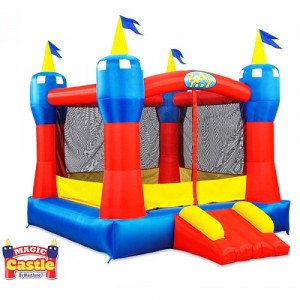Sandwiches for Christmas
Christmas spirit has been lost, and in turn replaced with feelings of competition and greed. The joys of Christmas are now dependent upon the types and amount of gifts children receive on Christmas morning. Of course, parents want nothing more than to make their child happy, but in order to achieve such in today’s world, one must be prepared to empty their wallets and hope for Christmas bonuses. Christmas is also a time of year for families to display their wealth, and hope that their gifts can compete with, if not trump, those of their neighbors.
In Gary Cross’s article “Modern Childhood, Modern Toys”, Cross states: “But in the nineteenth century these celebrations of indulgence were increasingly focused on the family, in parents pampering children. The shower of gifts became a way of demonstrating personal affluence” (59). Many children today seem to get whatever they ask for, resulting in a generation of spoiled children, and parents are the ones to blame. Competition drives parents into a shopping frenzy, and it seems that most families believe that overspending on your child is better than being out-shined by your neighbor.
The amount and quality of the gifts given to children today has increased in comparison to previous years, as seen by this 10-year old girl receiving a cell phone for Christmas. This girl is one example of the many kids that are now getting cell phones, ipads, and other gadgets at such young ages. Through this gift exchange, the girl is happy, and her parents are able to maintain their reputation within the community, for they are able to keep their child up-to-date with the latest trends and technologies.
Jimmy Kimmel challenged the previously discussed trend of overindulging your children with gifts on Christmas on his late night show. He asked parents to give their kids a gift they would not want for Christmas, and to record their reaction upon opening the present. As one could guess, the kids’ reactions were a combination of upset and anger. This experiment effectively portrayed the expectations children hold in regards to the types of gifts they receive, and the disbelief they have upon not getting what they want.
The vicious cycle of consumerism and competition dominate our society, and it is made especially apparent during the holiday season. It will be interesting to see the buying patterns of kids today once they reach adulthood and have to then shower their children with gifts.





